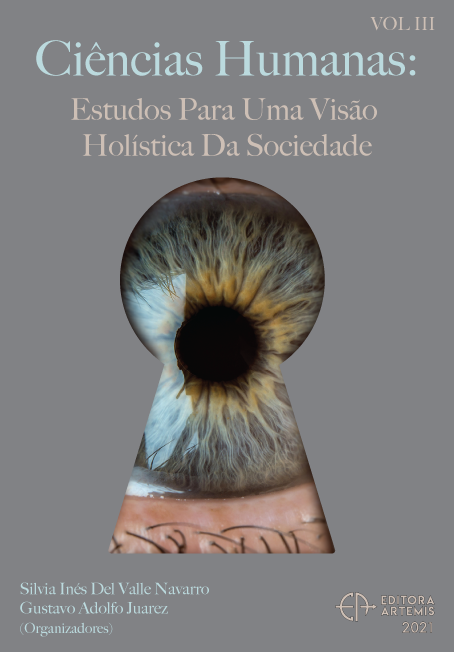
LA CUESTIÓN AGRARIA CUBANA ACIERTOS Y DESACIERTOS EN EL PERÍODO DE 1975-2013: LA NECESIDAD DE UNA TERCERA REFORMA AGRARIA.
El presente trabajo estudia las principales transformaciones introducidas en la economía cubana en el periodo de 1975 a 2013, con un énfasis particular en la Tercera Reforma Agraria puesta en vigor a partir de 1993, la cual significó el tránsito hacia un nuevo modelo agrario cuyo objetivo principal sería resolver el problema de la soberanía alimenticia. Con esta nueva reforma agraria se reconfigura una vez más la forma de tenencia de la tierra en Cuba, estando actualmente el 54% (de las tierras) en manos del Estado y el 46% restante es propiedad no estatal. De esta forma, el objetivo principal de este trabajo es analizar, describir y explicar la necesidad de realizar la tercera reforma agraria a partir de la problemática relacionada con la cuestión agraria cubana, sus principales aciertos y desaciertos en el periodo analizado. Para facilitar el análisis, estableceremos una periodización del proceso histórico que utilizaremos como guía en nuestra exposición. El primer periodo comprende de 1975 al 1990, periodo en el cual se institucionaliza el país, se impulsan las CPA y se prioriza el desarrollo de la industria azucarera. El segundo periodo va del año 1991 hasta la actualidad, en el cual se toman un conjunto de medidas para contrarrestar los efectos negativos en la economía y la sociedad cubana producto de la desaparición del campo socialista; destacándose la Tercera Reforma Agraria de 1993 como la principal medida tomada por la Revolución.
LA CUESTIÓN AGRARIA CUBANA ACIERTOS Y DESACIERTOS EN EL PERÍODO DE 1975-2013: LA NECESIDAD DE UNA TERCERA REFORMA AGRARIA.
-
DOI: 10.37572/EdArt_2906213923
-
Palavras-chave: Reforma Agraria; cuestión agraria; economía agrícola; desarrollo rural
-
Keywords: Reforma Agraria; cuestión agraria; economía agrícola; desarrollo rural
-
Abstract:
This paper studies the main transformations introduced in the Cuban economy in the period from 1975 to 2013, with a particular emphasis on the Third Agrarian Reform that came into effect since 1993, which meant the transition to a new agrarian model whose main objective It would be to solve the problem of food sovereignty. With this new agrarian reform, the form of land tenure in Cuba is reconfigured once again, currently 54% (of the land) is in the hands of the State and the remaining 46% is non-state property. In this way, the main objective of this work is to analyze, describe and explain the need to carry out the third agrarian reform based on the problems related to the Cuban agrarian question, its main successes and mistakes in the period analyzed. To facilitate the analysis, we will establish a periodization of the historical process that we will use as a guide in our presentation. The first period comprises from 1975 to 1990, a period in which the country is institutionalized, CPAs are promoted and the development of the sugar industry is prioritized. The second period runs from 1991 to the present, in which a set of measures are taken to counteract the negative effects on the Cuban economy and society as a result of the disappearance of the socialist camp; highlighting the Third Agrarian Reform of 1993 as the main measure taken by the Revolution.
-
Número de páginas: 24
- LAZARO CAMILO RECOMPENSA JOSEPH
- TATIANA WONSIK RECOMPENSA JOSEPH

